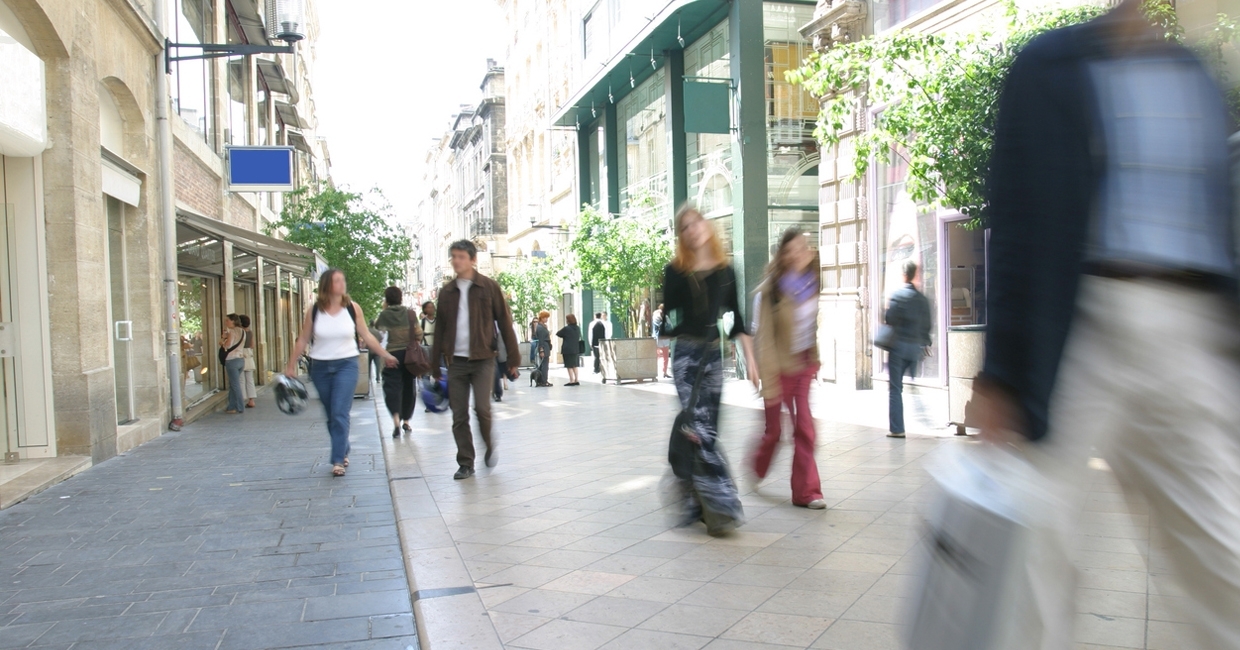What do rental price levels say about the outlook for physical retail? Keith Tully, a partner at business turnaround and rescue company Begbies Traynor, shares his thoughts on the mixed picture across the UK, and its implications in a challenging time for retail …
The state of the commercial real estate market in the UK determines the price of retail rental prices for furniture businesses with a physical shopfront, warehouse or headquarters, and the likelihood of their rent being affordable or expensive.
Retail rent continues to be competitive, as businesses seek online-only routes to keep overheads low, and the cost of living crisis squeezes company cash flow. The energy crisis amid the backdrop of Covid-19 is the latest threat to businesses with retail rent to budget for.
UK retail rent prices
A survey conducted by Real Business Rescue on UK retail rent prices found out which towns and cities had some of the most expensive and affordable retail rental prices per square foot, with the capital crowning the top of the list.
London commands the highest premiums for retail units, at £49.64/ft2 per annum, with Oxford trailing behind at £49.51, followed by the historic city of York at £47.75. At the other end of the spectrum is Blackpool at an average of £12.45/ft2 per year, making the seaside town the cheapest place to rent retail property.
The city of Birmingham ranks in position 32, charging retail rent at £26.13/ft2 on average each year. Although Birmingham has some of the busiest retail quarters, one in five shops sit empty across the West Midlands, which could explain why commercial rent for retail property is so competitive in Birmingham, to tempt businesses into its vacant shops.
In Scotland, the capital, Edinburgh, has the highest retail rent price at £34.49/ft2 per year, while in Ireland, Belfast’s average price per square foot per year is £24.95, almost £10 cheaper annually than Scotland’s capital. These figures show the cost of doing business around Great Britain and Northern Ireland.
Looking at footfall recovery rates, the highest footfall recovery rate is held by Plymouth (165), followed by Blackpool (160), Southend-on-Sea (143), Dundee (130) and Burnley (138), which shows which areas are on track to demonstrate a full recovery following the pandemic.
Cost of living crisis impacts profit forecasts
As the retail industry continues to recover from the nosedive in Covid-19 footfall and pandemic disruption caused to supply chains, new challenges lie ahead, alongside the threat of company insolvency. The cost of living crisis means that consumers are spending cautiously in light of unexpected outgoings such as variable energy bills, as the energy crisis fuels the larger cost of living crisis.
Increased promotions such as Black Friday inevitably helped gain sales momentum, as traffic to online retail sites peaked at +2.7% YoY in the week commencing 13th November, predominantly owing to early Black Friday activations, as reported by Furniture News.
While the retail industry is in a recovery phase, it’s clear that retailers have been forced to issue profit warnings in light of tighter spending money during the cost of living crisis. Electronics retailer Curry’s recently posted a pre-tax loss of £17m due to limited consumer spending and international market pressures.
All is not lost, though, as some furniture retailers are showing signs of steady recovery. Following their annual general meeting, DFS said that it has seen group order volumes growing relative to FY22 since early September, and also relative to the pre-pandemic FY19 financial year – and that it has also seen continued evidence of positive market share gains.
While a tough year lies ahead, furniture retailers are on track to revive from pandemic disruption, while treading carefully, with the cost of living crisis at the forefront of campaigns.











